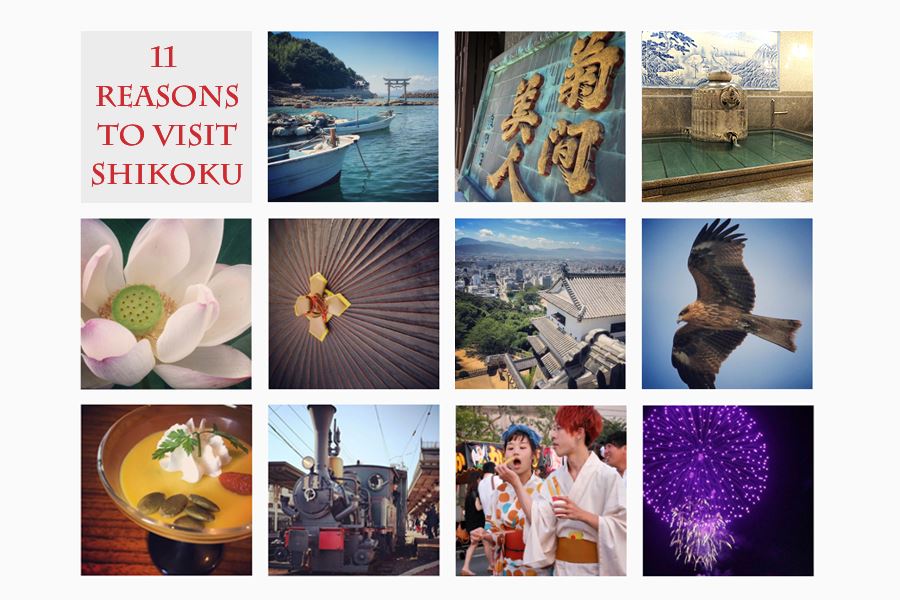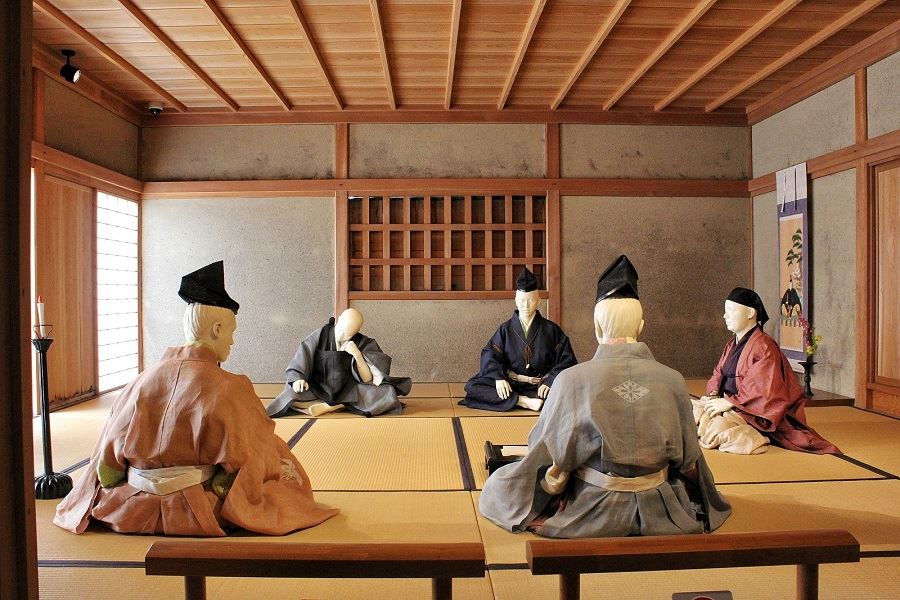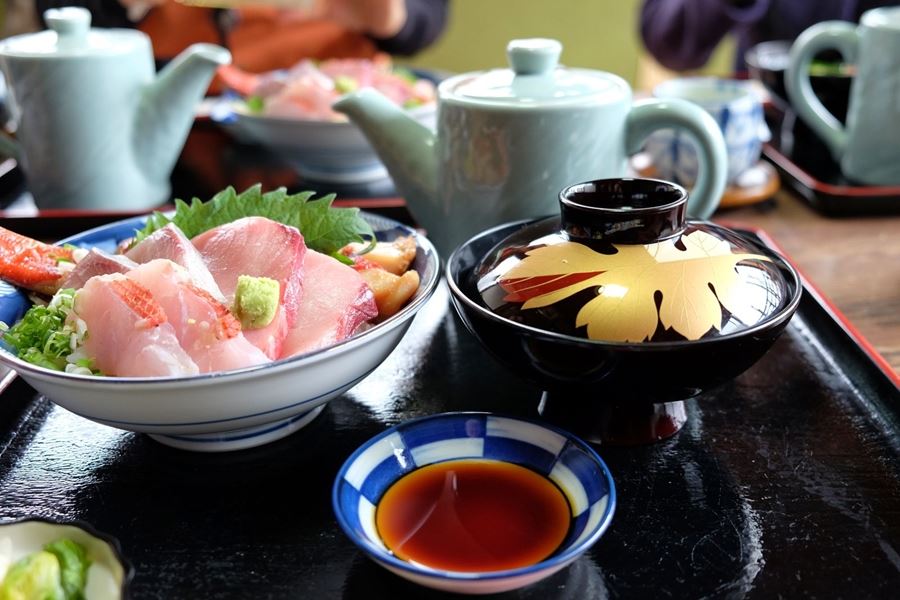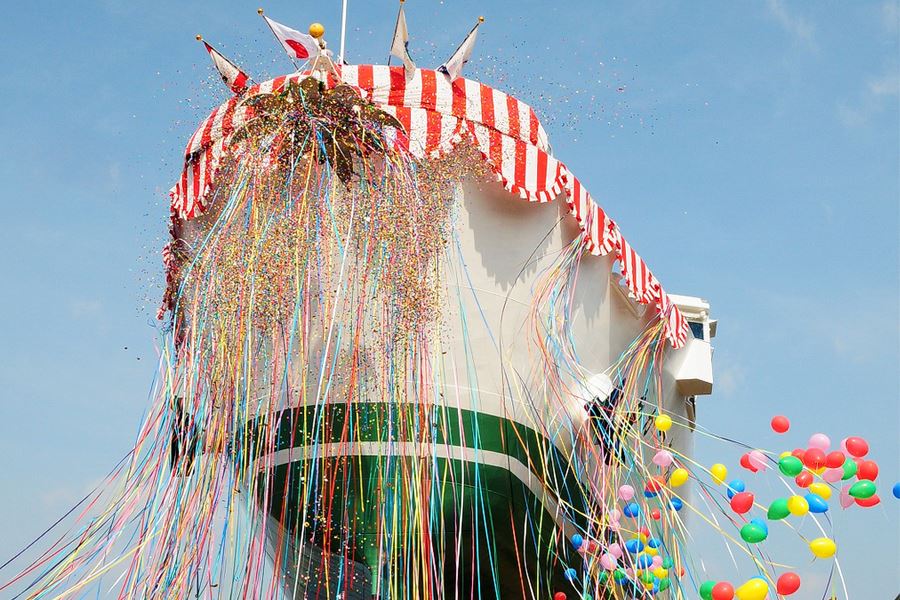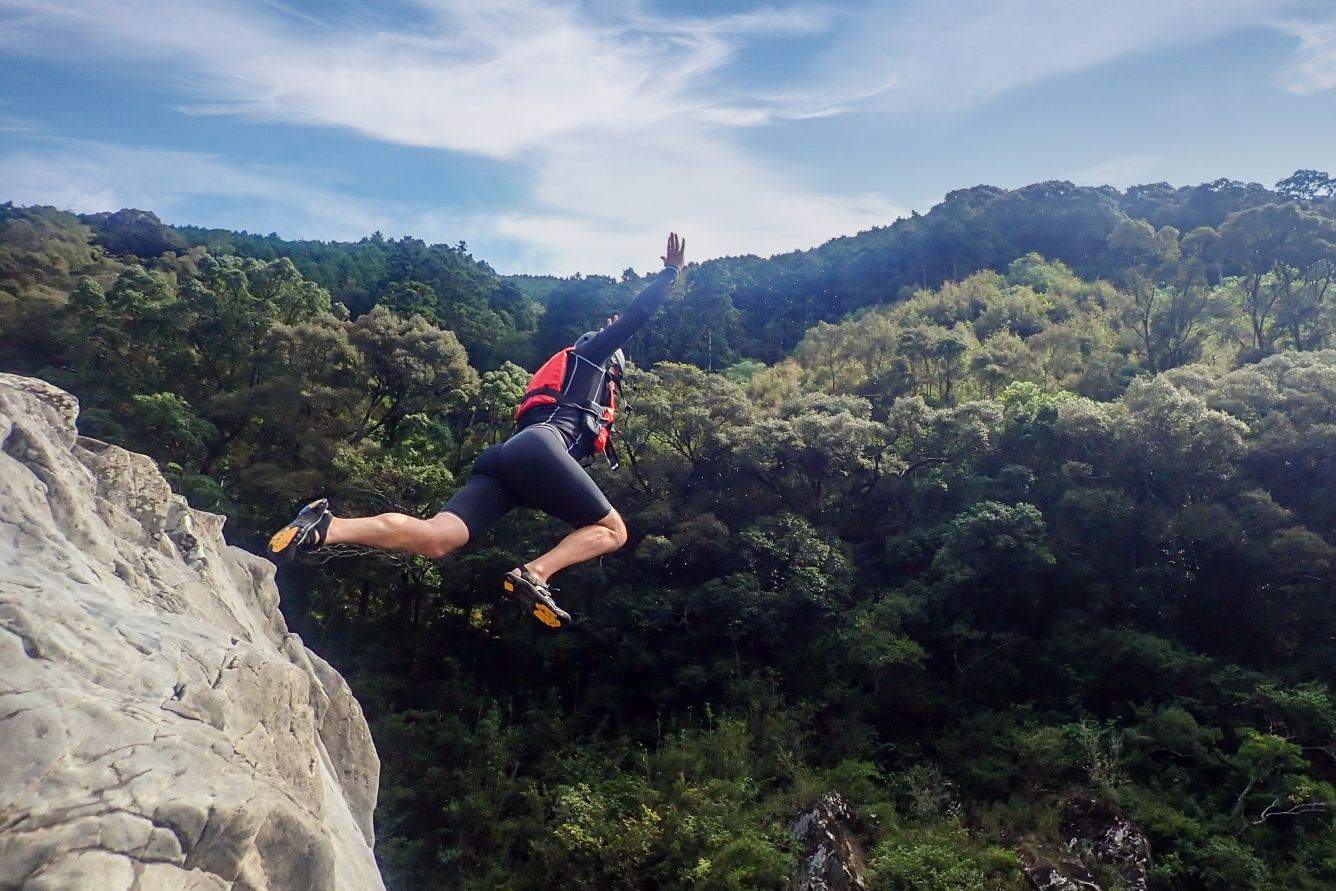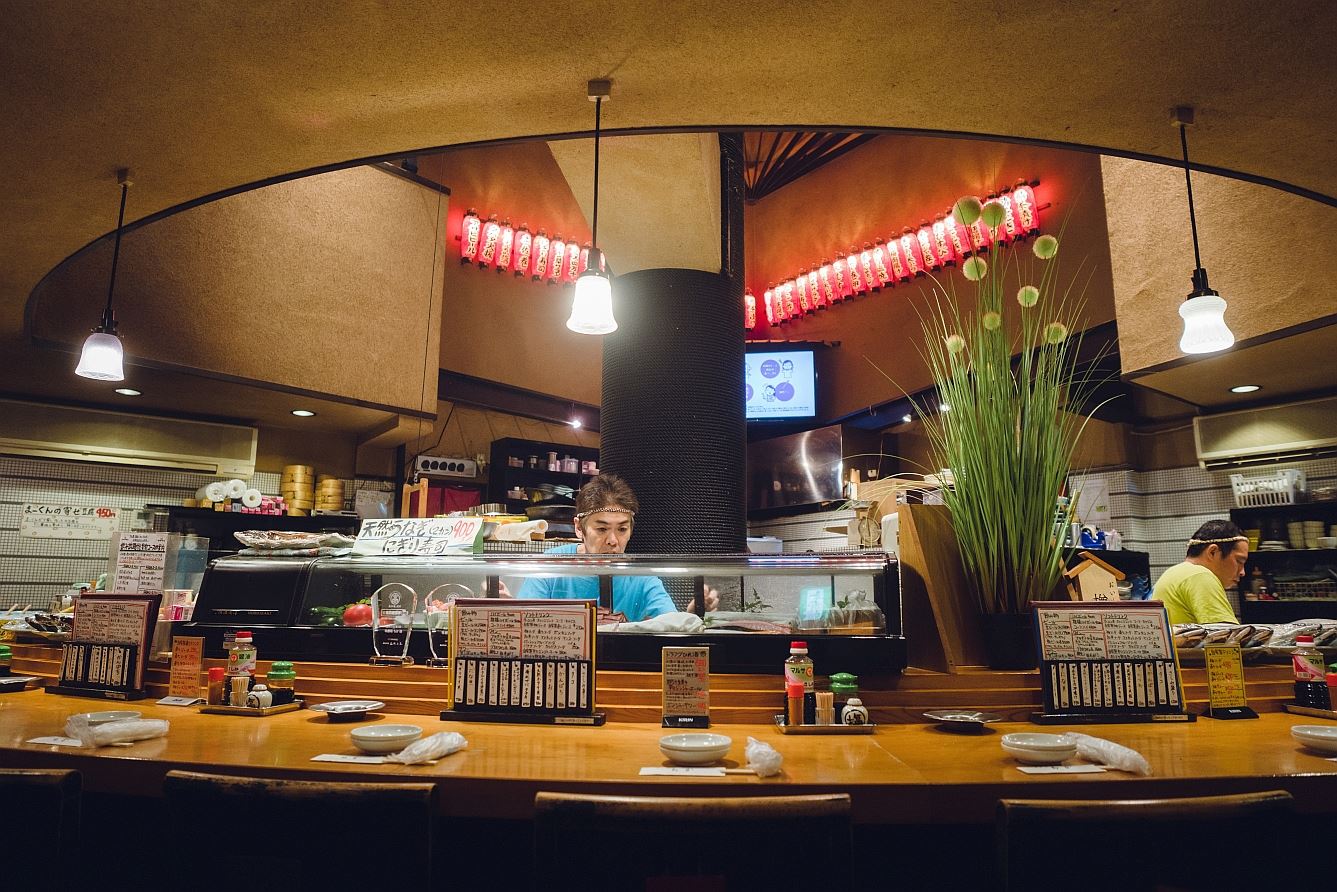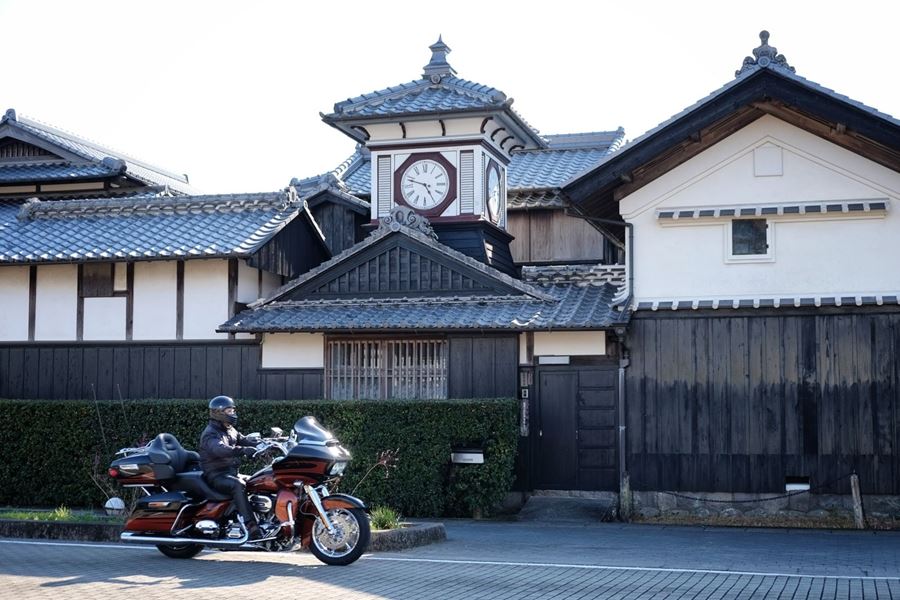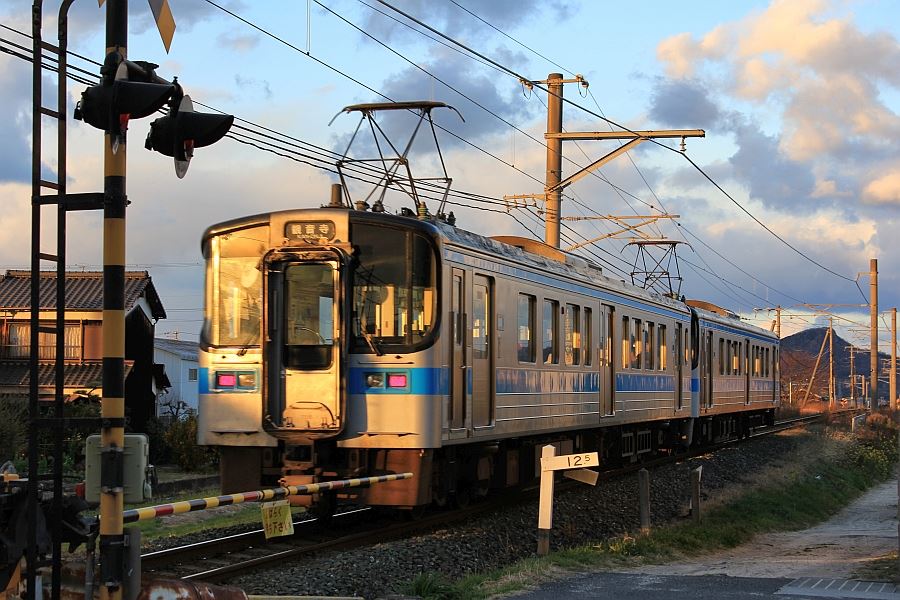Kuma Highland
The Niyodo River is one of the three major rivers of Shikoku. It rises in the mountains of central Shikoku, running southeastward through Kōchi and flowing into the Pacific at Tosa city.
Home » The Kuma Highland
Kuma Highland
Kuma Kogen Highland is an expansive inhabited area at a high elevation in central Ehime bordering Kochi Prefecture. Kuma is nominally a town, although it’s basically a wilderness with some inhabited valleys and a central village. It has an interesting foundation myth. Kuma is the name of a woman who lived all alone in this once poor area. When the celebrated priest Kobo Daishi and founder of the Shikoku pilgrimage passed through, she begged him to provide her with company, so he miraculously produced a river. This enabled crops to be grown, and soon farmers arrived. Kuma had company. The town that they established is named after her. The river still flows, crops still grow, and the people of Kuma remain very welcoming to strangers.
Two of the most atmospheric temples of the 88-temple Shikoku pilgrimage are located in Kuma, a short distance apart. These are Taiho-ji and Iwaya-ji. Between the two temples is an area with fantastic rock formations called Furuiwaya. Other noteworthy geological features are the Shikoku Karst in the south of the area, the Omogo Gorge on the southern side of Mt. Ishizuchi, and the Goraiko and Gongen Waterfalls.
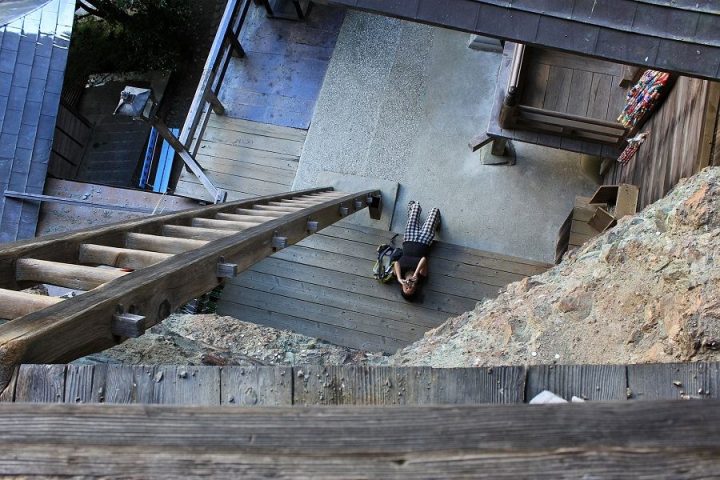
The best way to visit Kuma Highland is to hire a car and spend several days touring the area. One major attraction is the Kuma Kogen Furusato Ryoko Mura, a village of relocated but authentic thatched farmhouses, including a watermill. There’s also a planetarium disguised as a castle, and a public astronomical observatory which takes advantage of the high elevation and clear skies. The pine woodland of the village is dotted with attractive cabins for rent. This pleasant village is well worth visiting as part of a day trip, but it also makes a good base for a few days’ exploration of central Shikoku.
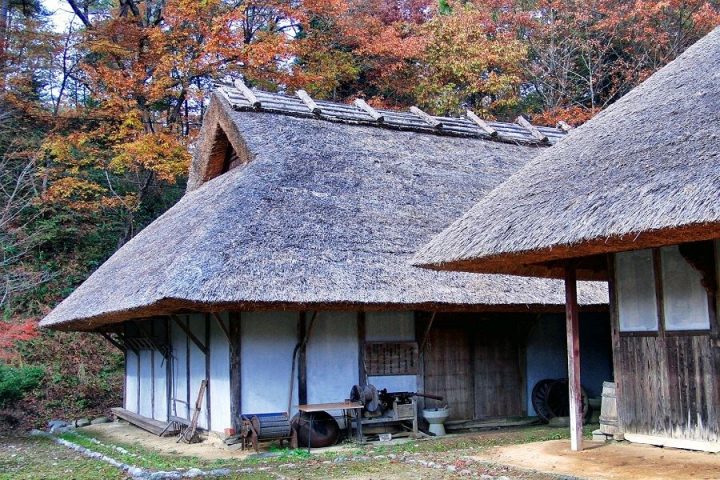
The most obvious feature of the village is its thatched farmhouses, including a watermill. These were moved from the nearby mountains and rebuilt at their current site so that they could be both preserved and put to good use. Some of them date back to the Edo period, more than 250 years ago. They’re attractive structures made entirely of natural materials. One of them, Wagura Ichijoan, is a café where you can sit on the tatami next to the irori fireplace and enjoy coffee, cake and fine views in the unique atmosphere of this ancient farmhouse. The millpond in the village is home to pretty ducks who are quite tame.
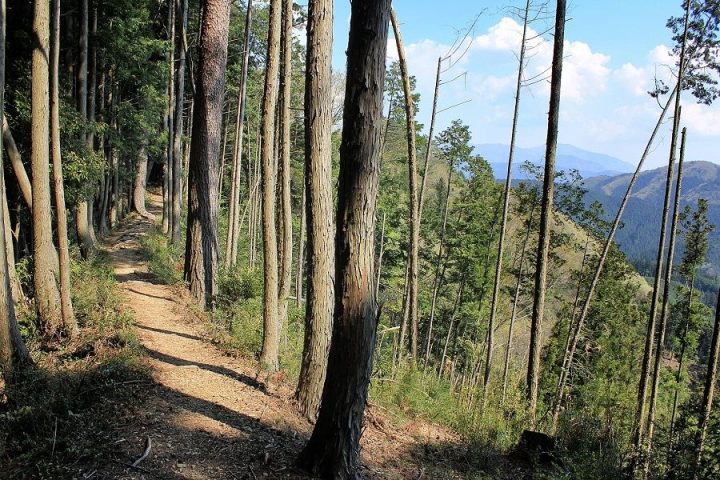
The site has open spaces suitable for sports, and there are barbecue pits and a pizza oven. The staff will provide you with the wherewithal to make a delicious pizza, and show you how to do it if you’re not sure. There are several eateries within the village, and two onsen hot spring facilities are within a short drive.
Kuma isn’t all nature though—there’s art too. The Kuma Museum of Art and Kuma Seido no Kairo Art Gallery are places to enjoy something wrought by human rather than Nature’s hand.
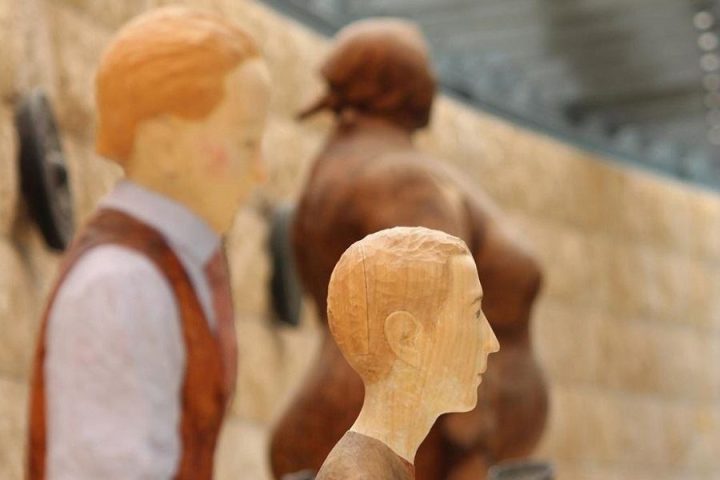
Visit Taiho-ji and Iwaya-ji temples during our 12 days Shikoku Pilgrimage by Taxi tour
Related Tours

Experience the most beautiful and interesting temples of the Shikoku Pilgrimage in seven days.

A tour for families or friends, staying in the most characterful kominka and ryokan of Shikoku.

Visit the most beautiful and interesting temples of the Shikoku Pilgrimage and walk the toughest trails.

